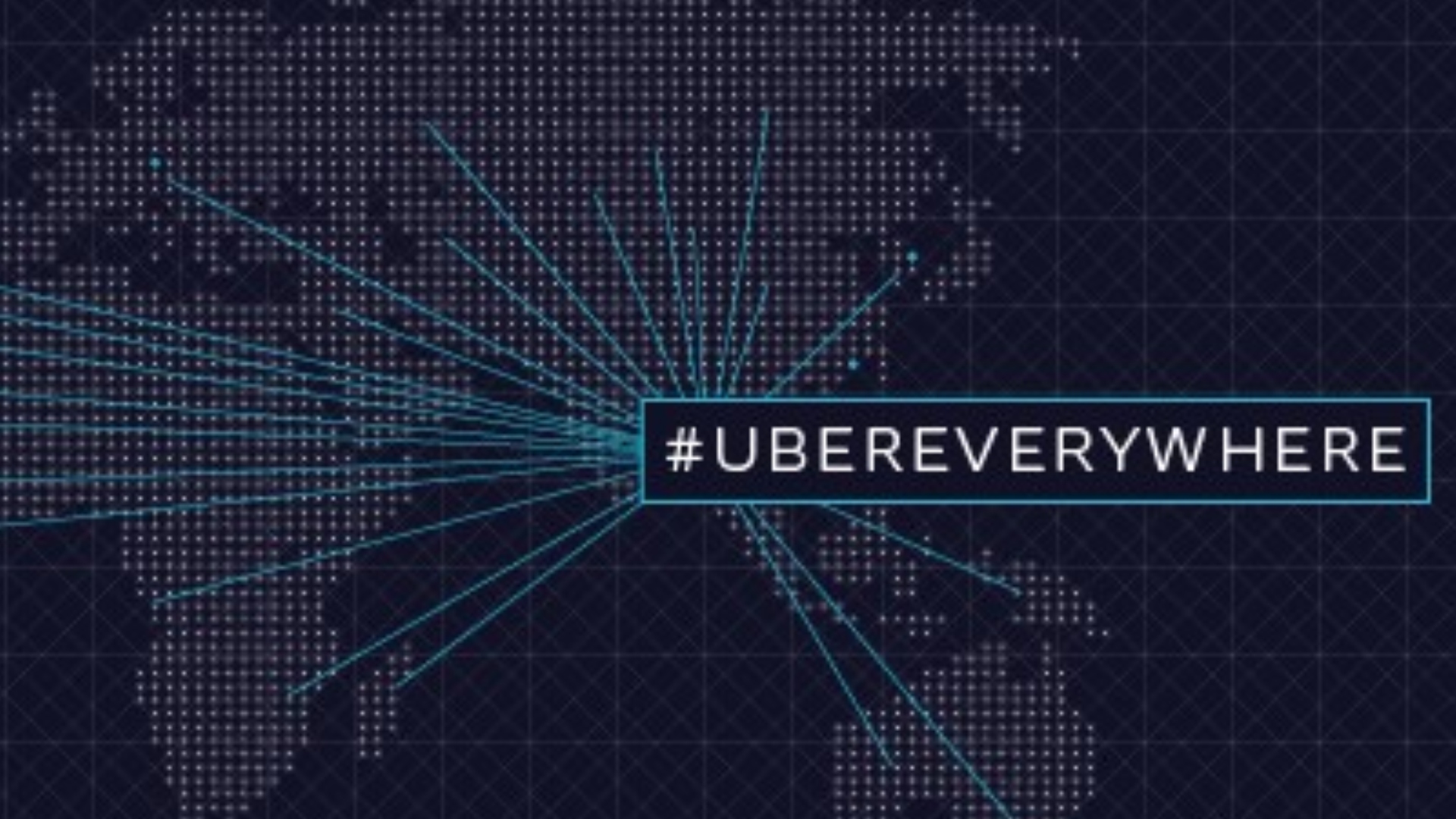


A new study that analyzed over 100 million ride-sharing trips in Chicago has come to some disturbing conclusions that some suspected all along: both Uber and Lyft are using algorithms that discriminate against riders seeking to travel to non-white neighborhoods.
Salon reports that researchers at George Washington University in Washington D.C cross-referenced the rides with census data to get an up to date snapshot of the racial demographics of the areas traveled to. And based on that analysis, study authors, Aylin Caliskan and Akshat Pandey found that when passengers were either picked up from or headed to minority and/or lower-income neighborhoods they were charged more per mile.

READ MORE: And we know this!: New study confirms Black boys feel less safe in white neighborhoods
“While demand and speed have the highest correlation with ride-hailing fares, analysis shows that users of ride-hailing applications in the city of Chicago may be experiencing social bias with regard to fare prices when they are picked up or dropped off in neighborhoods with a low percentage of individuals over 40 or a low percentage of individuals with a high school diploma or less,” Caliskan and Pandey wrote in their conclusion.
“Unlike traditional taxi services, fare prices for ride-hailing services are dynamic, calculated using both the length of the requested trip as well as the demand for ride-hailing services in the area,” the authors explained.
READ MORE: Meagan Good shares what she learned about cops from her police officer father
The study continued with the assertion that Uber determined the demand for rides using machine learning models, using forecasting based on prior demand to determine which areas drivers will be needed most at a given time. The usage of machine learning to forecast demand may improve ride-hailing applications’ ability to provide service. However, it is also known to adopt policies that display demographic disparity in online recruitment, online advertisements, and recidivism prediction.
In response to the research, a representative from Lyft reached out to Salon with a statement. They denied that race was a factor involved in pricing.
For more on this go to: www.thegrio.com










